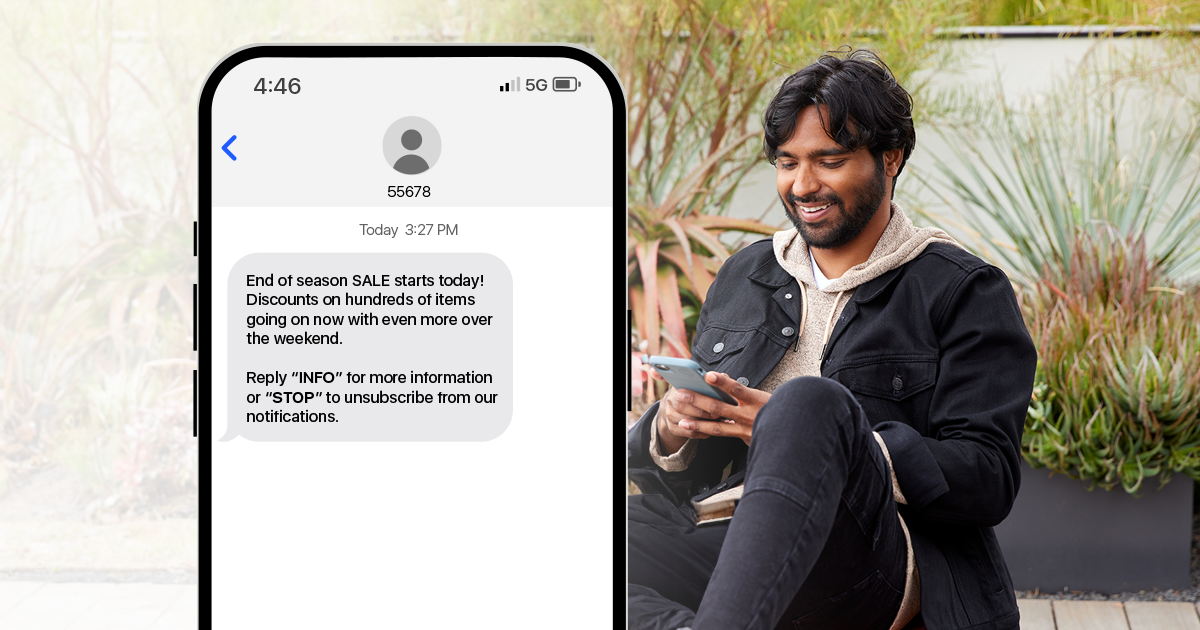
It seems like every day we hear about a new dating app with a unique angle. Mobile dating services that target certain interests, demographics, or age groups flood the app store. Each of these platforms has the goal of connecting people to future partners throughout the world. Pew Research reports that 30% of Americans have tried dating apps at some point, so it’s no surprise that the current market is valued at $3 billion, with some industry experts forecasting that number could balloon to $8 billion by 2024.
With explosive growth, significant security and identity challenges have arisen. Dating apps must give extra care to authenticating users and protecting PII. Safety also becomes a large factor since many of these people plan on meeting up in the real world. How do you protect a user through their lifecycle on a dating app with a secure solution? Many dating apps have globally scaled while maintaining a secure platform by leveraging programmable communication and digital identity solutions that begin at registration and continue to protect users every step of the way.
Table of Contents
Onboarding Protection
The registration process is what fraud managers in the online dating space worry about most. Dating apps are inherently built on trust. Any violation of this trust, be it through spam, fake accounts, or some version of catfishing, seriously harms the platform’s integrity. Therefore fraud managers will usually build a robust verification system on top of their application to keep fraudsters away.
Choosing the right way to verify can be crucial to a platform’s success. Coffee Meets Bagel once relied exclusively on having users verify their accounts by linking to existing social media platforms. When their verification partner proved to be mishandling data, CMB saw new registrations plummet. They added two-factor authentication onto their existing tech stack to rectify this situation as an option for new registrants. They were also able to layer in a fraud risk scoring mechanism that would help identify fake profiles. Through this two-pronged process, CMB was able to improve its security and increase new user registrations. An effective dating app will utilize both communication and digital identity APIs within their tech stack to facilitate good users’ onboarding while keeping out the bad. 2FA also helps prevent account takeover, giving users peace of mind that their account will not be compromised.
Communication
Once a user is successfully onboarded onto a dating app, the next thing a platform will want to ensure is that they are successfully engaging with that user. Imagine sending a note that reports on any new matches or informing a user that they have a new in-app message. There are a variety of ways to do this. Some apps leverage push notifications or e-mail, but the easiest way to do this across all markets is SMS.
When picking a communication partner in the dating space, message deliverability is critical across all markets. Selecting a global company with an expansive network is one way to accomplish this. Two dating apps in the European Market, Once and Mamba saw their deliverability rates increase when they implemented programmable communications APIs from Telesign.
SMS has widespread global adoption thus can be easy to scale across all markets. Any notification from within the application can be sent repeatedly over SMS for redundancy and increase engagement for a lapsed user.
Privacy and Compliance
Another feature some dating apps will offer is communicating directly with other users via SMS or Voice. While this is undoubtedly a perk and competitive advantage for some platforms, it also adds privacy and compliance concerns. Users can be fiercely protective of personally identifiable information such as their phone numbers. Talking on the phone might be a good way to test out a new match, but the person on the other line is a total stranger at the end of the day. What if it doesn’t work out, would you want that person to know your phone number?
There is a fix for this in the form of anonymous communication, also known as Number Masking. Number Masking allows two parties to connect via SMS or Voice without disclosing PII. The display will often show a spoofed number or nothing at all. This practice is also common in the gig economy with on-demand services such as food delivery and rideshare. By allowing users to connect within your app with programmable communication APIs you enable them to engage with other users while keeping the entire experience private and secure.
Telesign has been connecting and protecting online experiences for over 15 years. We support the largest web properties in the world and we’re prepared to help you. Contact Telesign now and for all of your security needs. As the pioneers of phone-based security, we are a one-stop-shop for all of your digital identity and programmable communications needs.



